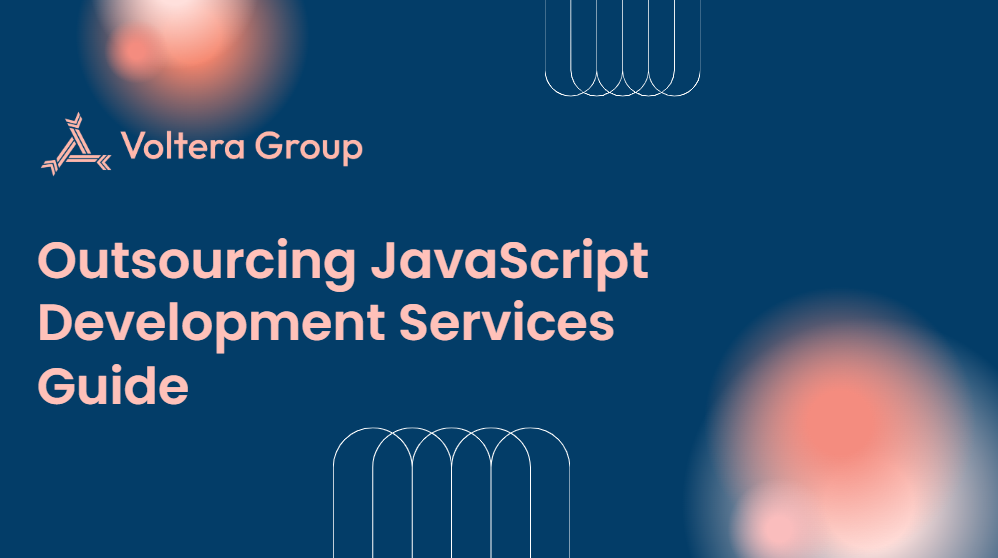The emergence of cloud-native architecture in today’s ever-changing technology ecosystem has completely changed how businesses develop and implement apps. Understanding what is cloud-native application is key to leveraging this approach, which enables organizations to build scalable, flexible, and efficient solutions that meet modern demands. Cloud-native techniques, which incorporate concepts like microservices and serverless computing, provide increased flexibility, scalability, and effectiveness in the creation and implementation of applications on a cloud native platform.
Understanding Microservices

Software is produced using the cloud-native development microservices architecture methodology, which divides large systems into smaller, loosely linked services that are developed, deployed, and managed separately. Every microservice concentrates on a single business function and uses lightweight protocols like HTTP or messaging queues to connect with other services. More flexibility, scalability and resilience are made possible by this modular approach, which also facilitates quicker development cycles and simpler maintenance.
When compared to typical monolithic designs, microservices have a number of advantages, such as offering greater scalability and flexibility, which is particularly beneficial in understanding what is a cloud-native app
- Scalability: By enabling enterprises to expand individual application components independently in response to demand, microservices improve resource utilisation and save costs.
- Flexibility: More creativity and flexibility in application development are made possible by microservices, which provide developers the ability to select the best technology stack for each service.
- Resilience: Microservices design improves fault tolerance and resilience by isolating failures and decoupling services, so that a failure in one service does not affect the entire application.
- Continuous Delivery: Organisations may release updates and new features more frequently and with less disturbance to users thanks to microservices, which help with continuous delivery and deployment methods.
Understanding Serverless Computing

Function-as-a-Service (FaaS), another name for serverless computing, is a cloud computing approach in which apps are developed and executed using transient computational resources that are hosted by a cloud provider. Developers can create functions in a serverless architecture that react to predefined events or triggers, like HTTP requests or database changes, without having to worry about setting up or maintaining servers. Organisations may concentrate on developing code and adding value by using this serverless strategy, which relieves them of the burden of managing infrastructure.
Compared to conventional server-based designs, serverless computing has a number of benefits, such as:
- Cost-Efficiency: Compared to traditional server-based architectures where resources may be underutilised, serverless computing allows enterprises to save money by only paying for the compute resources needed for their functions.
- Scalability: Applications can withstand abrupt surges in traffic without the need for manual intervention when using serverless platforms, which dynamically scale computing resources up or down based on demand.
- Simplified Operations: Serverless computing eases the stress on IT teams and simplifies operations by shifting infrastructure administration to the cloud provider. This frees up resources so that teams can concentrate on creating and delivering value-added services.
- Fast Development: Developers can concentrate on creating code instead of worrying about provisioning, scaling or managing infrastructure thanks to serverless computing, which speeds up development cycles and shortens time to market.
Accepting the Cloud-Native Perspective
In order to successfully implement the cloud-native paradigm, enterprises need to take a comprehensive approach that includes serverless computing and microservices. Organisations can increase agility, scalability and resilience by disassembling big apps into smaller, easier-to-manage components by utilising microservices architecture. Organisations can also expedite development and operations, lower expenses and boost creativity by adopting serverless computing.
Final Thoughts
The emergence of the cloud-native model, which is defined by serverless computing and microservices, signifies a revolutionary change in the way businesses develop and implement applications. Organisations can seize new chances for creativity, effectiveness and agility in the digital age by adopting concepts like automation, scalability and modularity. In an increasingly linked world, adopting the cloud-native paradigm will be crucial for businesses to stay competitive and promote sustainable growth as they continue to develop and adjust to the rapidly changing technological landscape.





